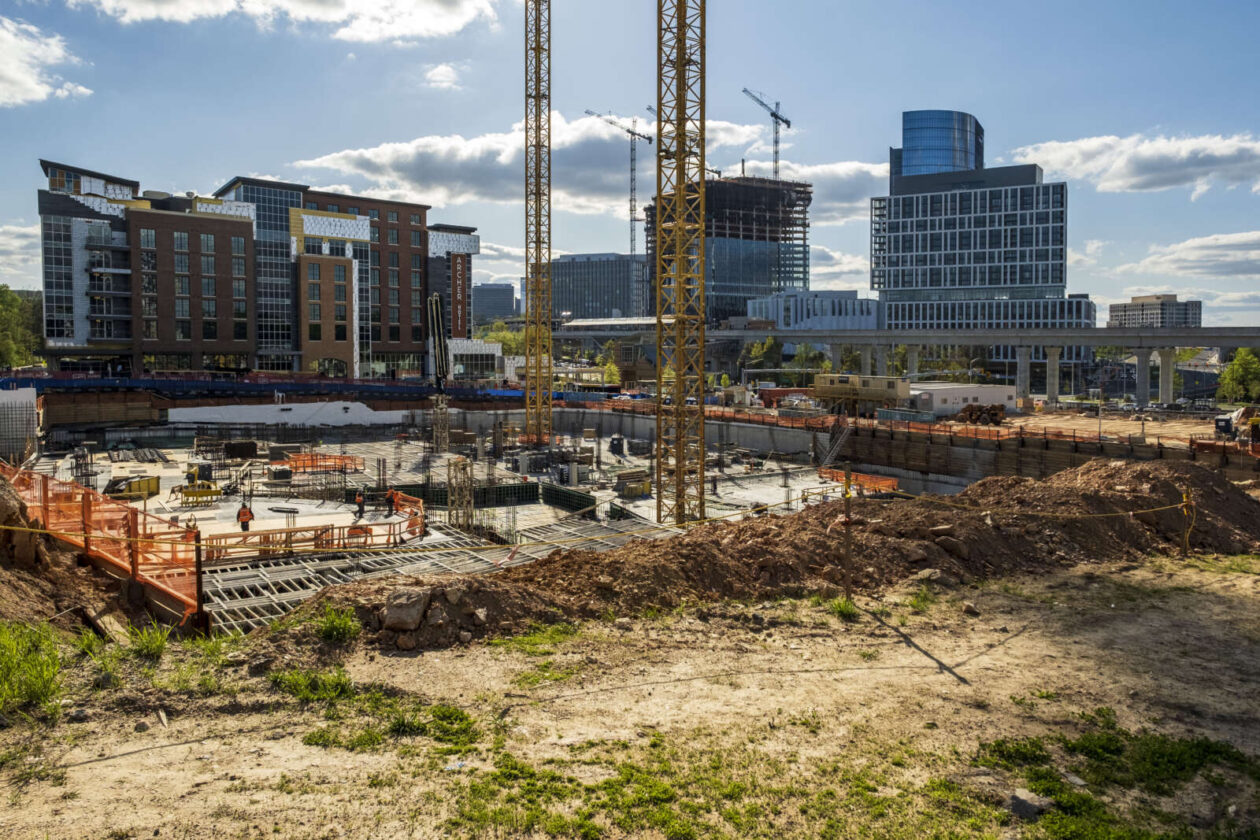The design phase in pre-construction is a critical step in any construction project. It is during this very stage that the initial ideas and concepts are transformed into detailed plans and specifications that will guide the construction process. In this article, we will discuss what the design phase is, why it is crucial, and the key elements that are involved in the design process.
What is the Design Phase in Pre-Construction?
 The design phase in pre-construction is the first step in the construction process, where the initial ideas and concepts are turned into detailed plans and specifications. This phase involves the collaboration between the owner, architect, and other members of the design team. The objective of this collaboration is to ensure that the owner’s vision is accurately captured in the design and that the design meets all of the owner’s requirements, including budget and timeline constraints.
The design phase in pre-construction is the first step in the construction process, where the initial ideas and concepts are turned into detailed plans and specifications. This phase involves the collaboration between the owner, architect, and other members of the design team. The objective of this collaboration is to ensure that the owner’s vision is accurately captured in the design and that the design meets all of the owner’s requirements, including budget and timeline constraints.
During this phase, the design team will create a comprehensive set of plans and specifications that include architectural drawings, engineering plans, material specifications, and any other requirements for the project. The design team will also conduct a thorough analysis of the project site to ensure that the design meets all the current local building codes and regulations.
Why is the Design Phase Crucial?
 The design phase is an essential step in the construction process for several reasons. First and foremost, it lays the foundation for the entire project. The plans and specifications developed during this phase serve as a roadmap for the entire construction process. Any errors or omissions during the design phase can result in costly delays and change orders during construction.
The design phase is an essential step in the construction process for several reasons. First and foremost, it lays the foundation for the entire project. The plans and specifications developed during this phase serve as a roadmap for the entire construction process. Any errors or omissions during the design phase can result in costly delays and change orders during construction.
In addition to laying the foundation for the project, the design phase is also crucial for ensuring that the project meets the owner’s requirements. During this phase, the owner has the opportunity to provide input and feedback on the design, guaranteeing that the final product will meet their needs and expectations.
Finally, the design phase is essential for controlling costs and staying within budget. By creating detailed plans and specifications, the design team can accurately estimate the costs of the project and identify any potential cost-saving measures.
Key Elements of the Design Phase
 The design phase involves several key elements that are critical to the success of the project. These elements include:
The design phase involves several key elements that are critical to the success of the project. These elements include:
Conceptual Design: During this phase, the design team will work with the owner to develop a conceptual design that captures the owner’s vision for the project. This may involve creating sketches or 3D models to help visualize the final product.
Schematic Design: Once the conceptual design has been approved, the design team will move on to the schematic design phase. During this phase, the team will create more detailed drawings and plans that outline the project’s structural, mechanical, and electrical systems.
Design Development: During this phase, the design team will refine the plans and specifications to ensure that they meet the owner’s requirements. This may involve selecting specific materials and finishes, as well as refining the project’s budget and timeline.
Construction Documents: Once the design has been finalized, the design team will create a comprehensive set of construction documents. These documents will include detailed plans and specifications that will guide the construction process.
Conclusion
In conclusion, the design phase in pre-construction is a crucial step in any construction project. It lays the foundation for the entire project, ensures that the project meets the owner’s requirements, and helps control costs. The key elements of the design phase include conceptual design, design development, schematic design and construction documents. By taking the time to carefully plan and design the project, the construction process can proceed smoothly and efficiently, resulting in a successful and high-quality final product.